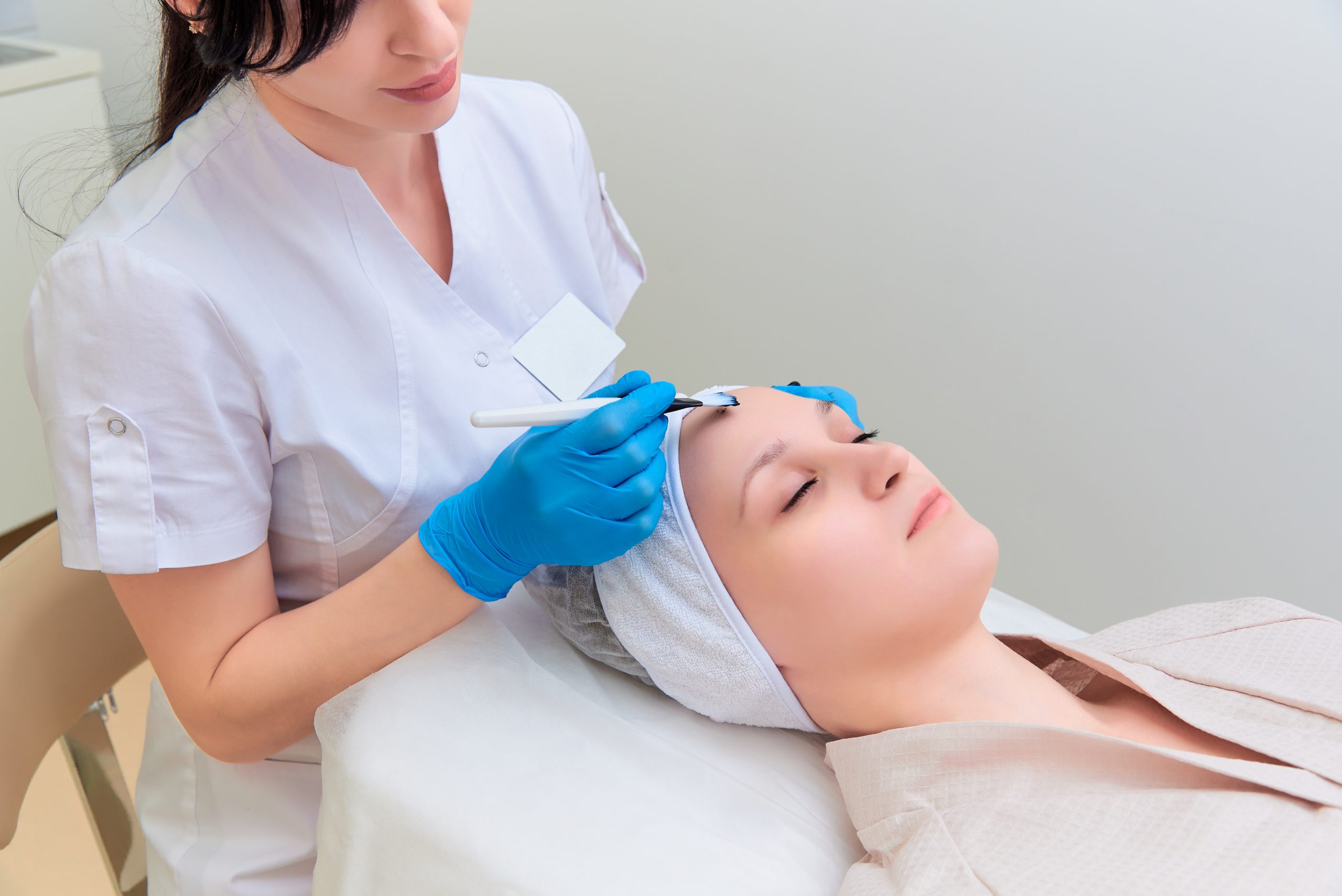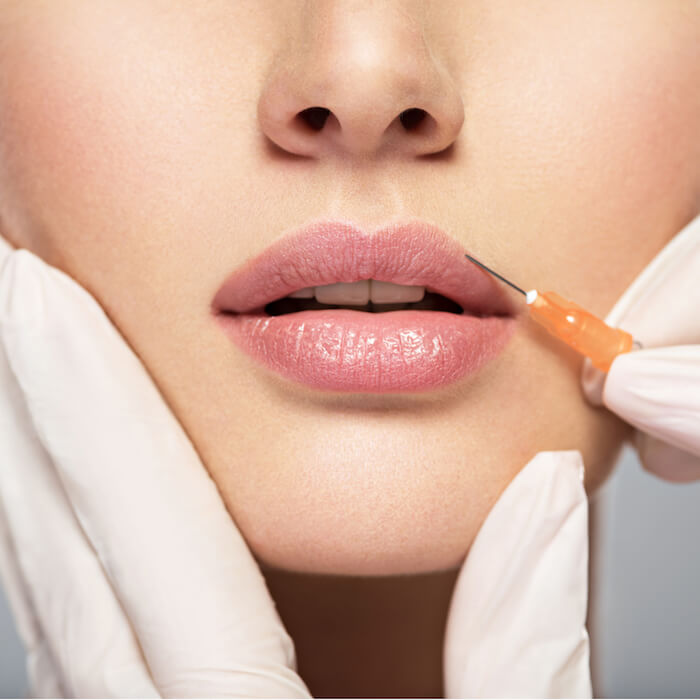Chemical peels have been used for thousands of years in various forms. Ancient Egyptians used sour milk, wine, and animal skin to exfoliate their skin, while ancient Greeks used pumice stones and alabaster to rub away dead skin cells.
In the 19th century, dermatologists began experimenting with chemical peels using different acids, including phenol, trichloroacetic acid (TCA), and glycolic acid. In the early 20th century, Dr. George Miller MacKee, a dermatologist from New York, developed a standardized TCA peel formula that is still used today.
In the 1950s and 1960s, Dr. Thomas Baker, a plastic surgeon, developed Baker’s phenol peel, which was a deep chemical peel that produced dramatic results but required a long recovery period. Baker’s peel fell out of favor in the 1980s due to concerns about potential complications, but it paved the way for the development of other deep chemical peels that are still used today.
In the 1990s, the use of alpha-hydroxy acids (AHAs) in skincare products became popular, and glycolic acid became a popular ingredient in superficial chemical peels. Today, there are a variety of chemical peel formulas and techniques available, including Jessner’s solution, salicylic acid peels, and combination peels.
Advancements in technology have also contributed to the evolution of chemical peels. Laser resurfacing and other minimally invasive treatments are often used in combination with chemical peels to enhance results and reduce downtime.
Overall, the history and evolution of chemical peels have been driven by a desire to improve the appearance of the skin and to develop safer and more effective treatments.
Chemical peels and their purpose
According to Dr. Ishmeet Kaur, a chief dermatologist at Dermosphere Clinic (New Delhi), a chemical peel is a cosmetic procedure in which a chemical solution is applied to the skin to exfoliate the outermost layers of the skin. The purpose of a chemical peel is to improve the appearance of the skin by reducing the appearance of fine lines and wrinkles, improving skin texture and tone, and reducing the appearance of age spots, acne scars, and hyperpigmentation.
During a chemical peel, the chemical solution causes controlled damage to the skin, which triggers the body’s natural healing process. As the damaged skin peels off, new, smoother, and more evenly toned skin replaces it, says Dr Deepak Jakhar.
Chemical peels can be performed at different depths, depending on the desired outcome and the skin type and condition of the patient. Superficial peels are the mildest and only affect the outermost layer of the skin, while deep peels can penetrate deeper into the skin and require more downtime and recovery, adds Dr Ishmeet Kaur.
Dr. Deepak Jakhar elaborates that chemical peels are often used in combination with other cosmetic procedures, such as microdermabrasion, laser resurfacing, and injectable treatments, to achieve optimal results. They are commonly used on the face, neck, and hands, but can also be used on other parts of the body
Types of chemical peels and their differences
There are three main types of chemical peels: superficial, medium, and deep. The depth of the peel depends on the type and strength of the chemical solution used and the amount of time it is left on the skin.
- Superficial Chemical Peels:
Superficial chemical peels are the mildest type of chemical peel and only penetrate the outermost layer of the skin. They are typically used to improve skin texture and tone, reduce the appearance of fine lines and wrinkles, and address mild acne and hyperpigmentation.
Commonly used acids in superficial peels include alpha-hydroxy acids (AHAs) such as glycolic acid and lactic acid, and beta-hydroxy acids (BHAs) such as salicylic acid. Superficial peels require little to no downtime and can be repeated every few weeks to maintain results.
- Medium Chemical Peels:
Medium chemical peels penetrate deeper into the skin and are often used to address more significant skin damage, such as moderate wrinkles, acne scars, and hyperpigmentation. They can also be used to treat precancerous skin growths.
Commonly used acids in medium peels include trichloroacetic acid (TCA) and Jessner’s solution, which is a combination of salicylic acid, lactic acid, and resorcinol. Medium peels typically require several days to a week of downtime, and patients may experience some redness and peeling.
- Deep Chemical Peels:
Deep chemical peels penetrate the deepest layers of the skin and are used to treat severe skin damage, including deep wrinkles, scars, and sun damage. Deep peels can also be used to treat precancerous skin growths.
The most commonly used acid in deep peels is phenol, which is a strong acid that can produce dramatic results but requires a longer recovery time. Deep peels can take several weeks to heal, and patients may experience significant redness, swelling, and peeling.
It’s important to note that the depth and strength of the peel will determine the level of discomfort and the risk of side effects, including scarring, infection, and changes in skin pigmentation. A consultation with a qualified dermatologist or aesthetician can help determine the appropriate type of chemical peel for an individual’s skin type and condition.


